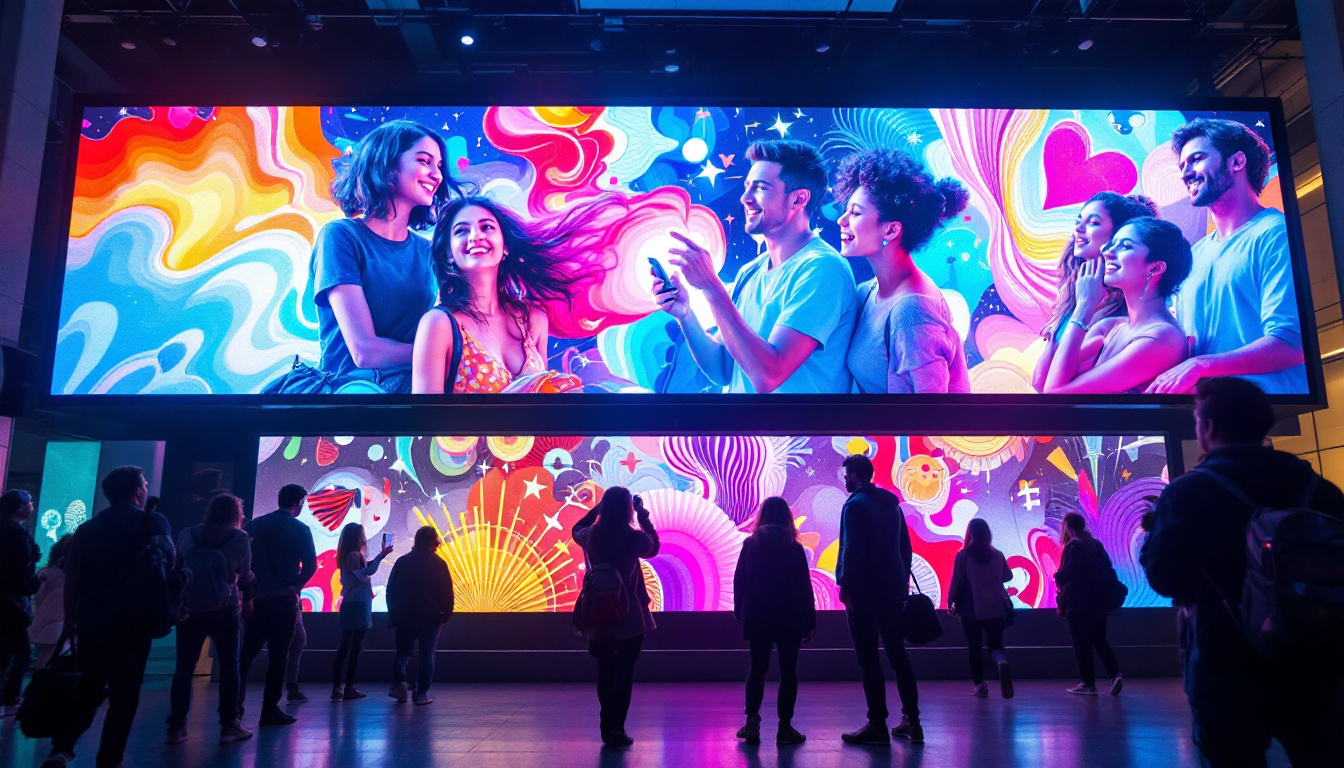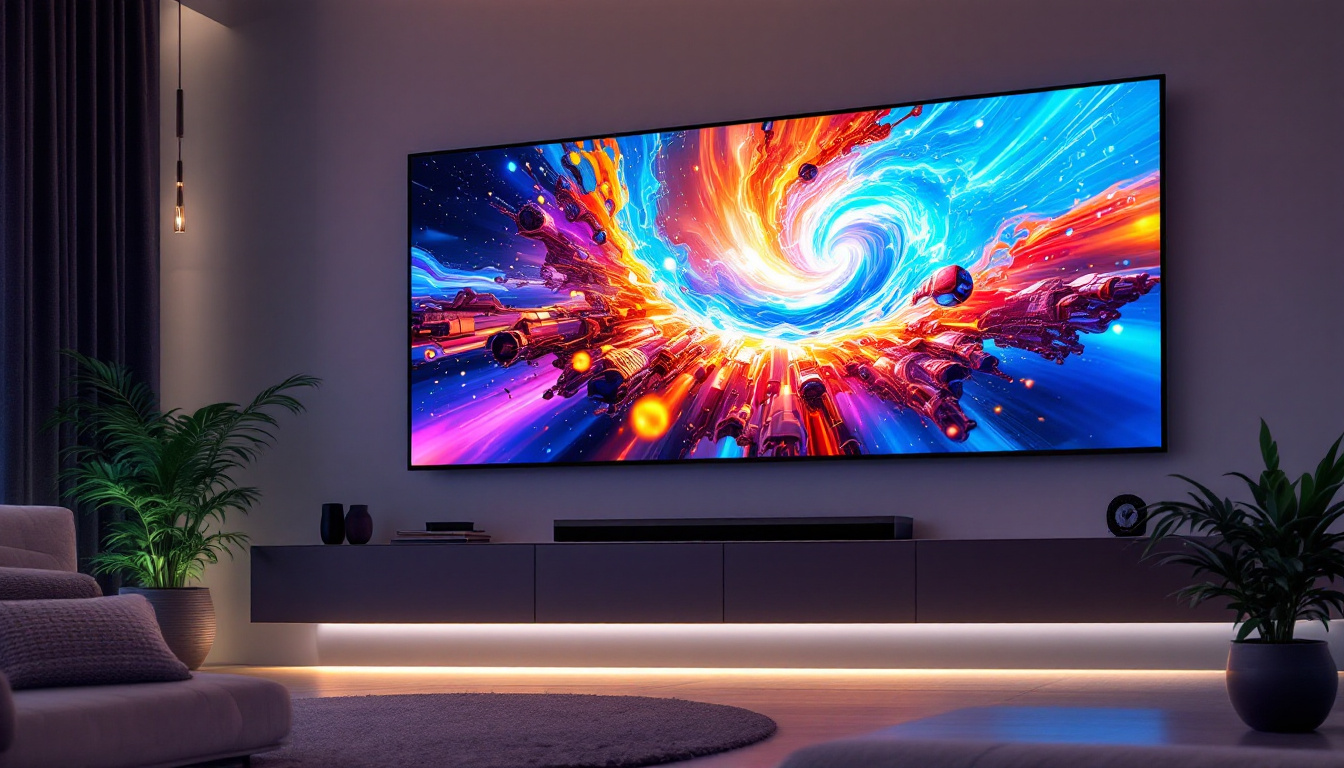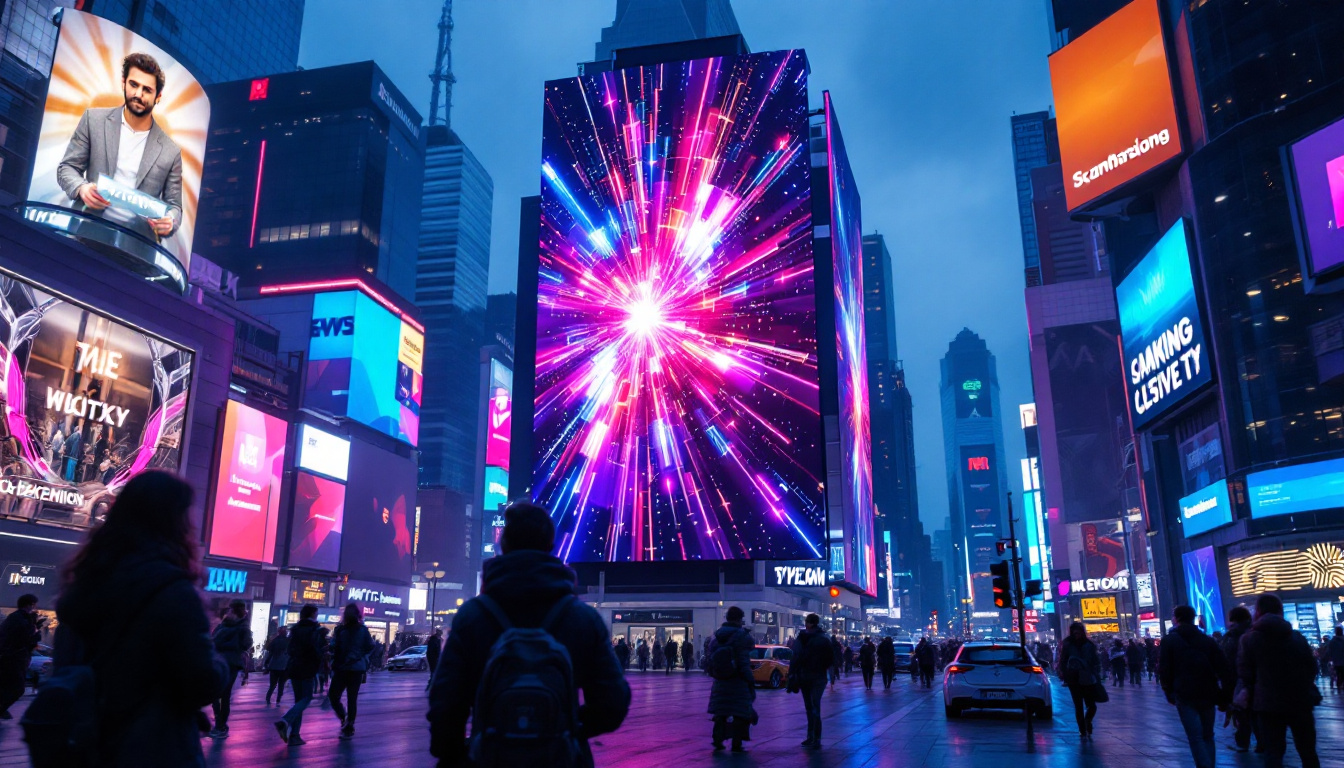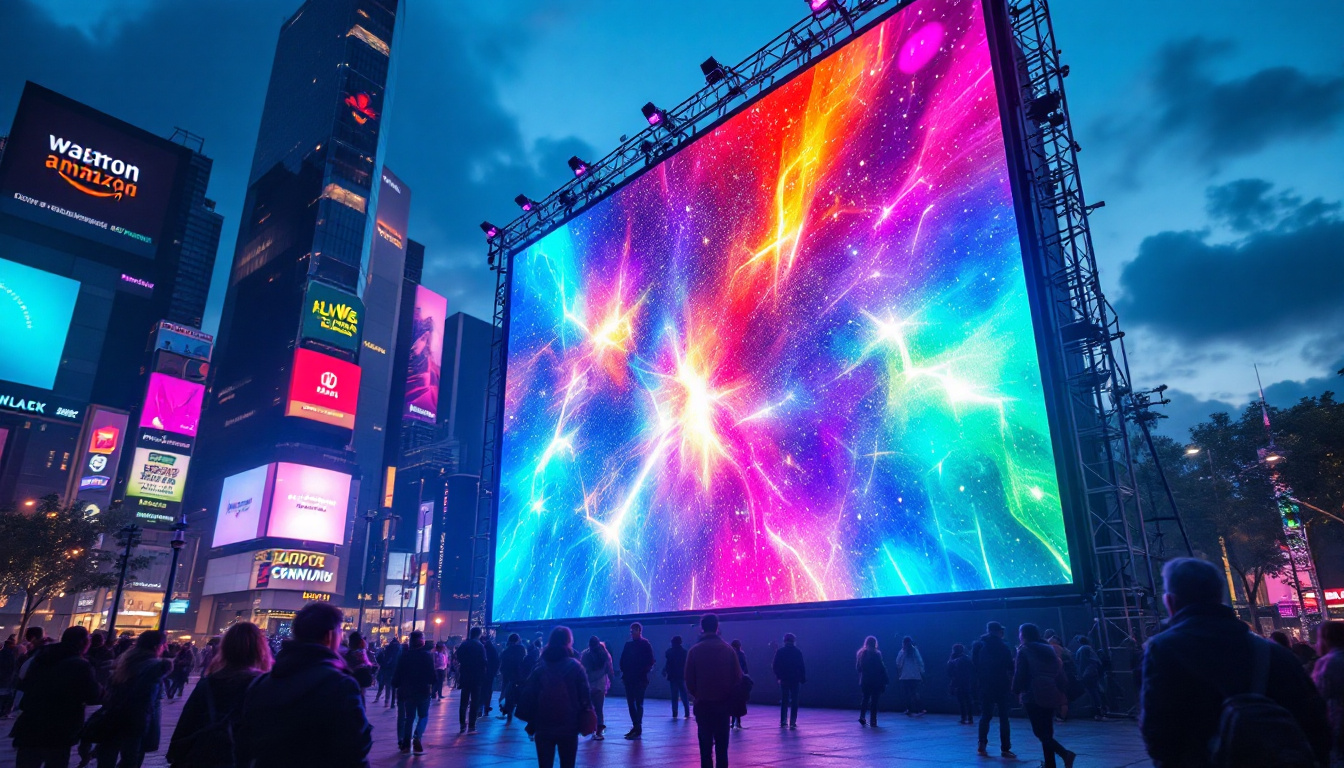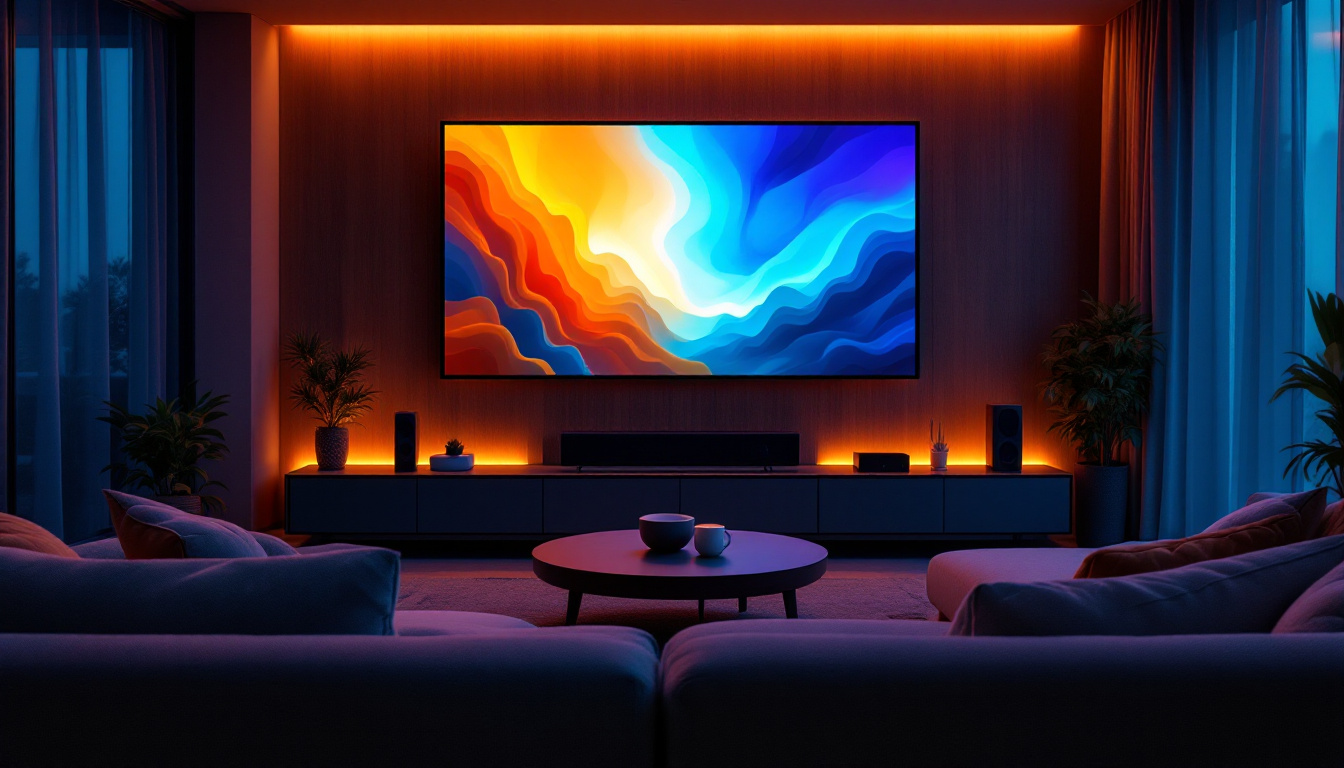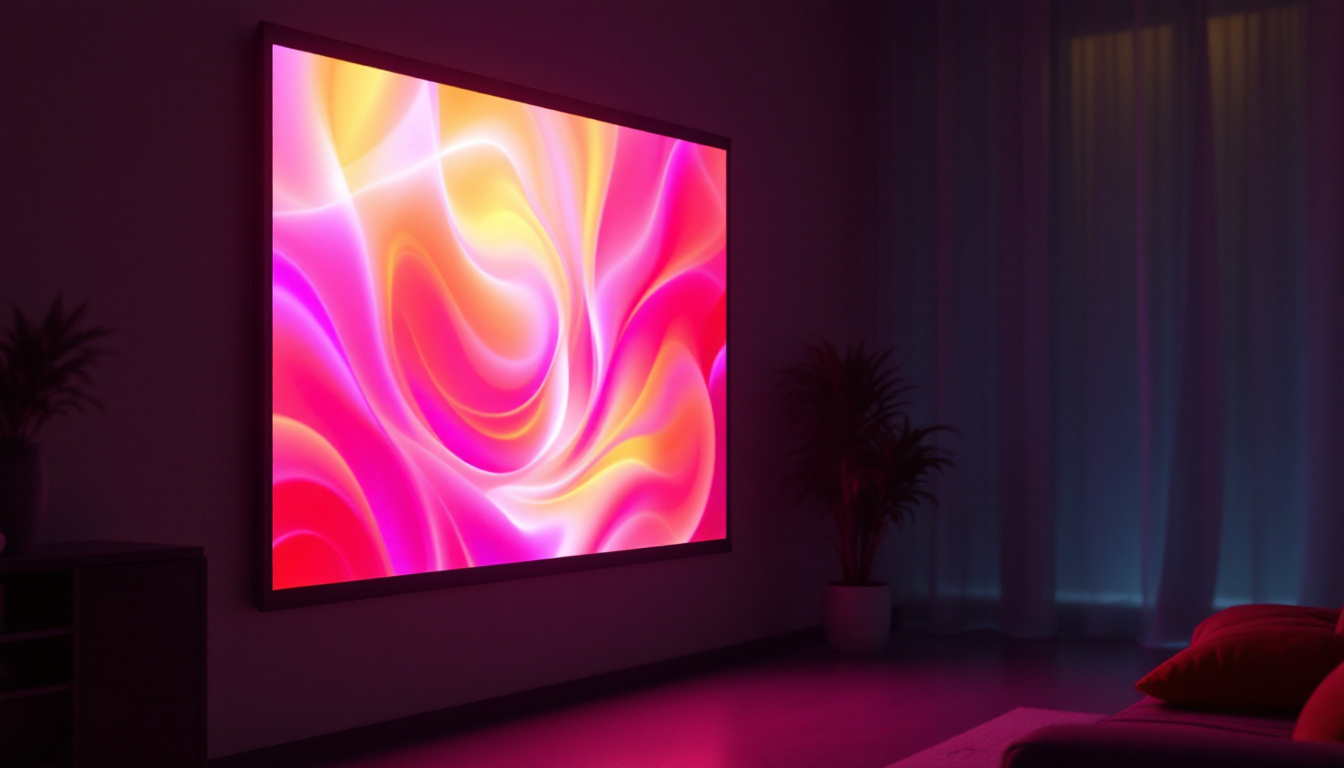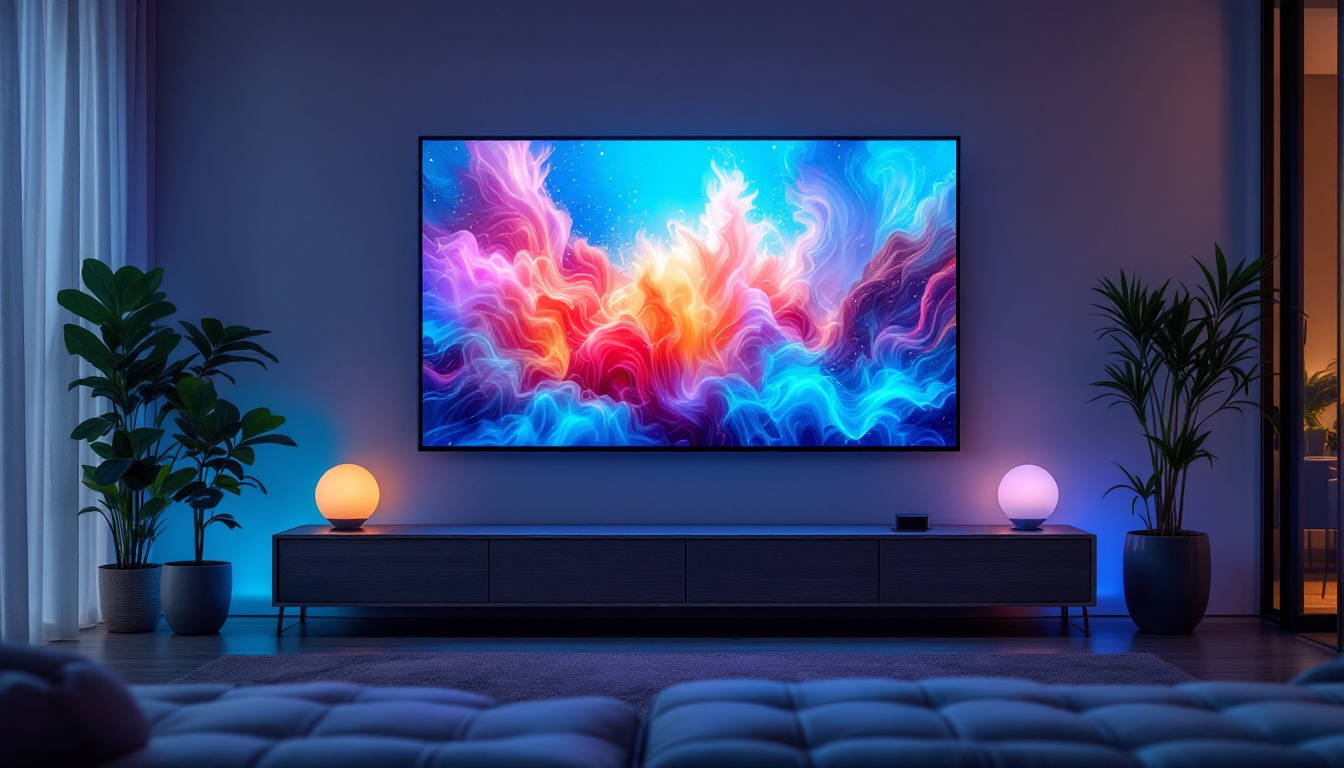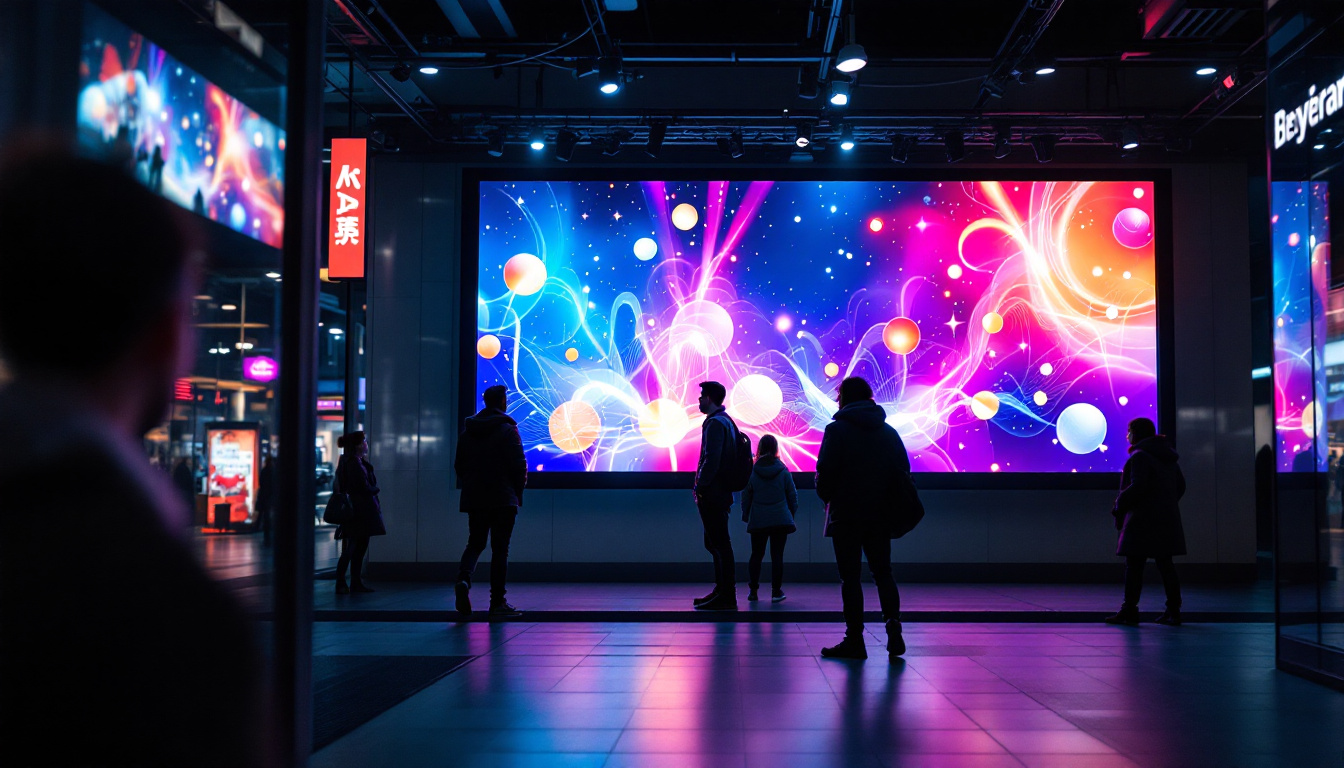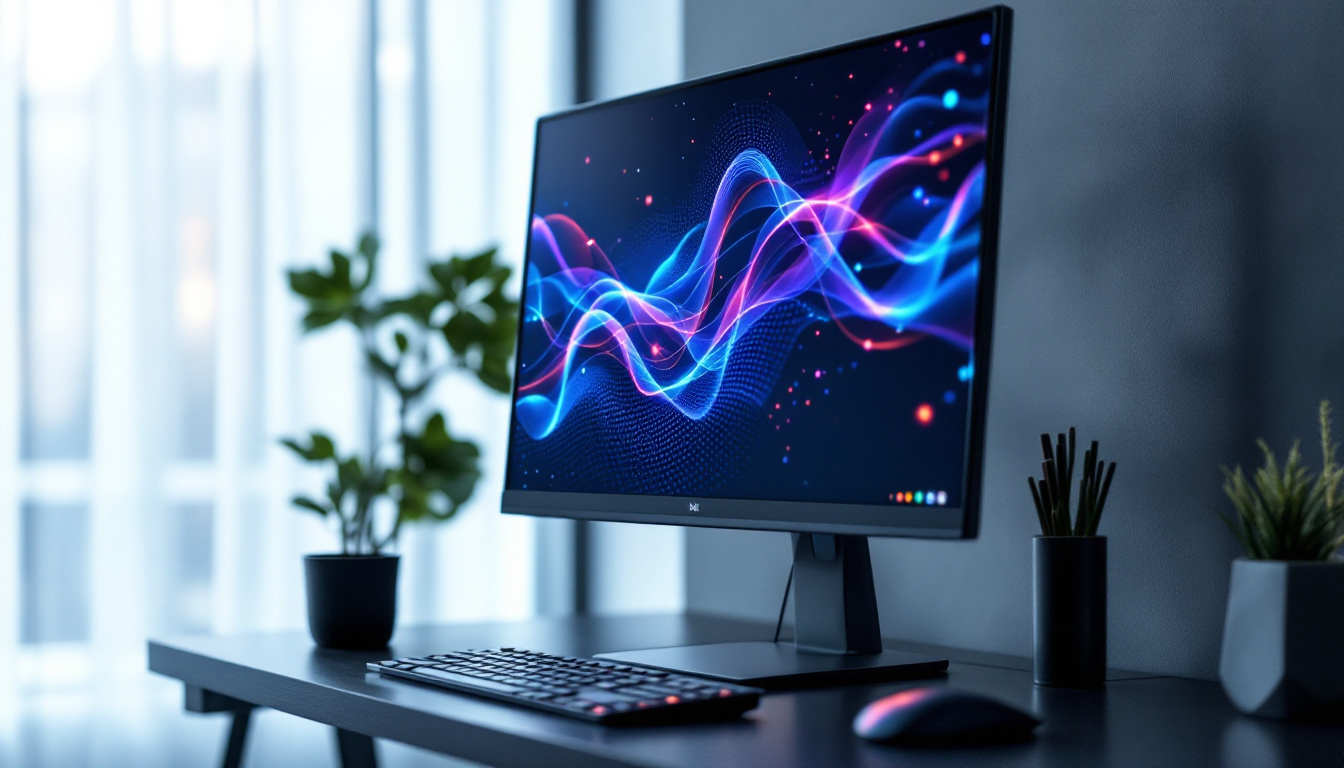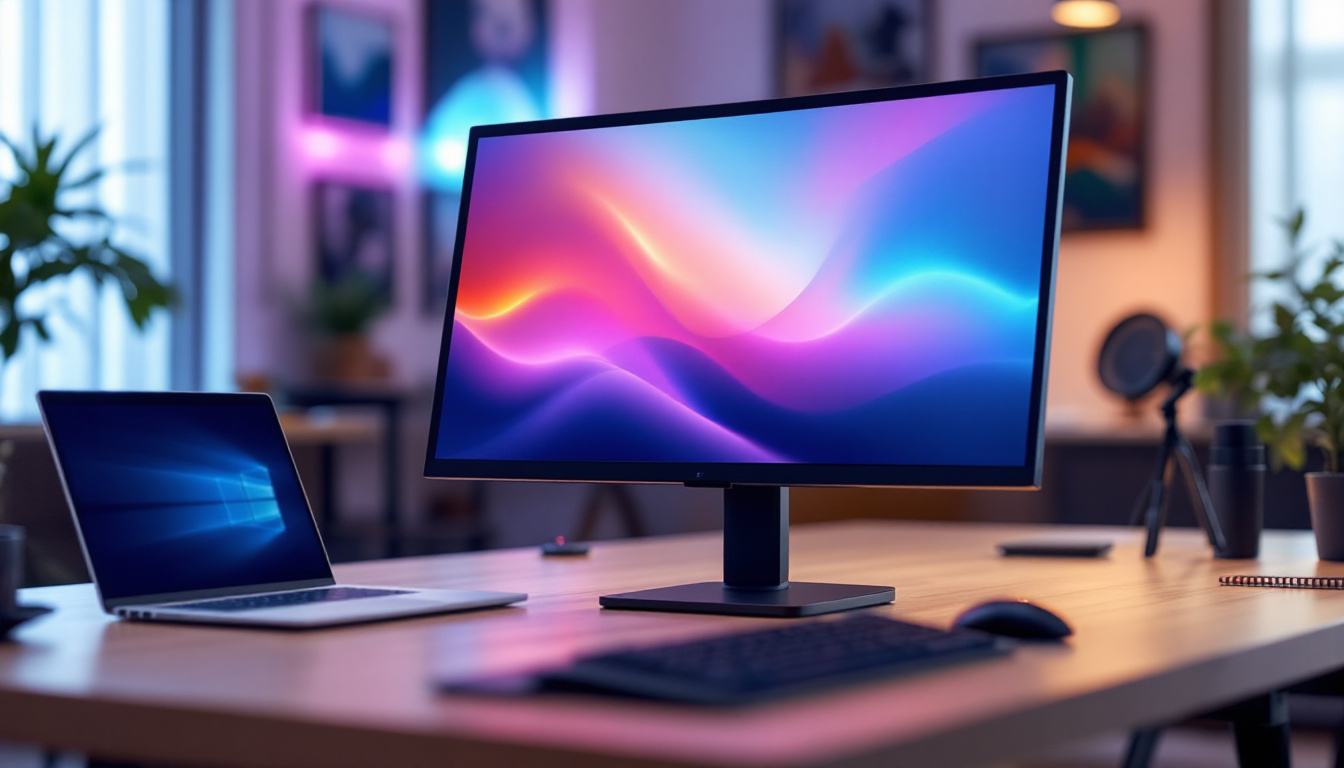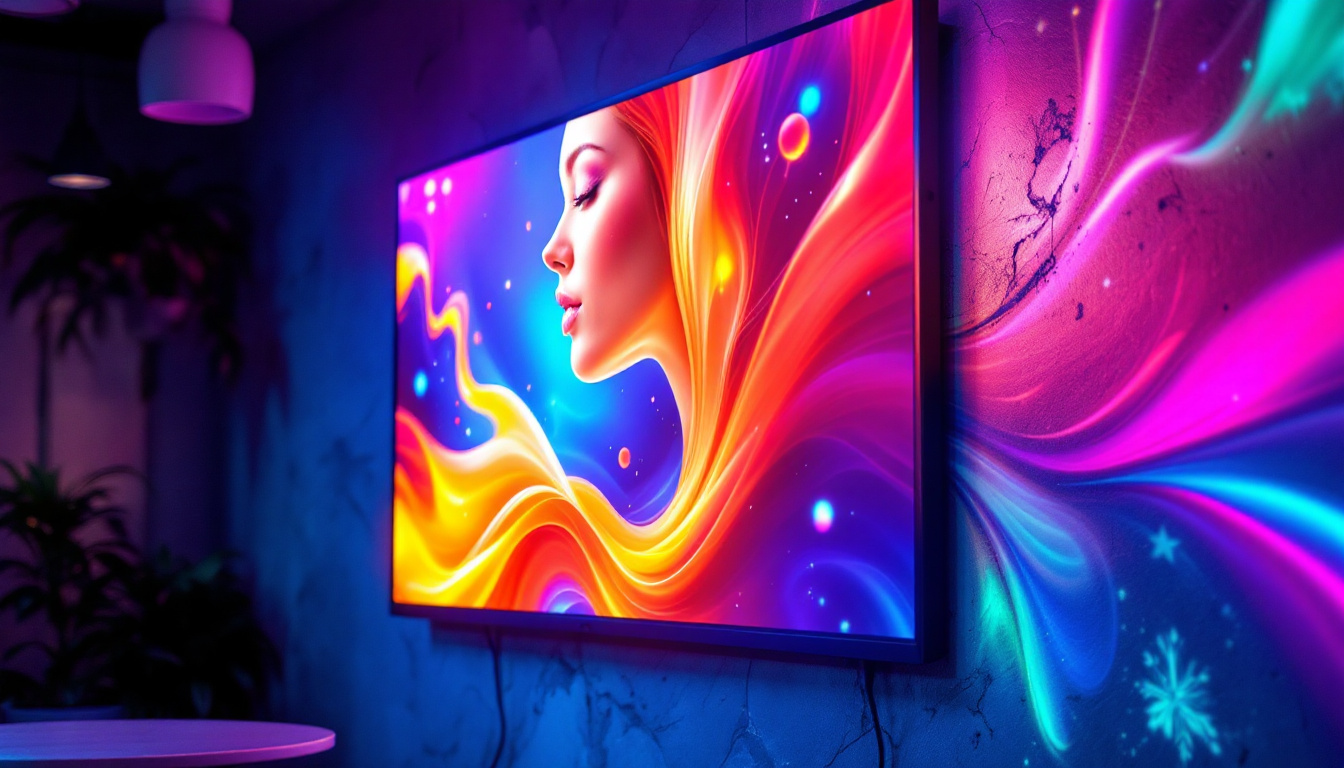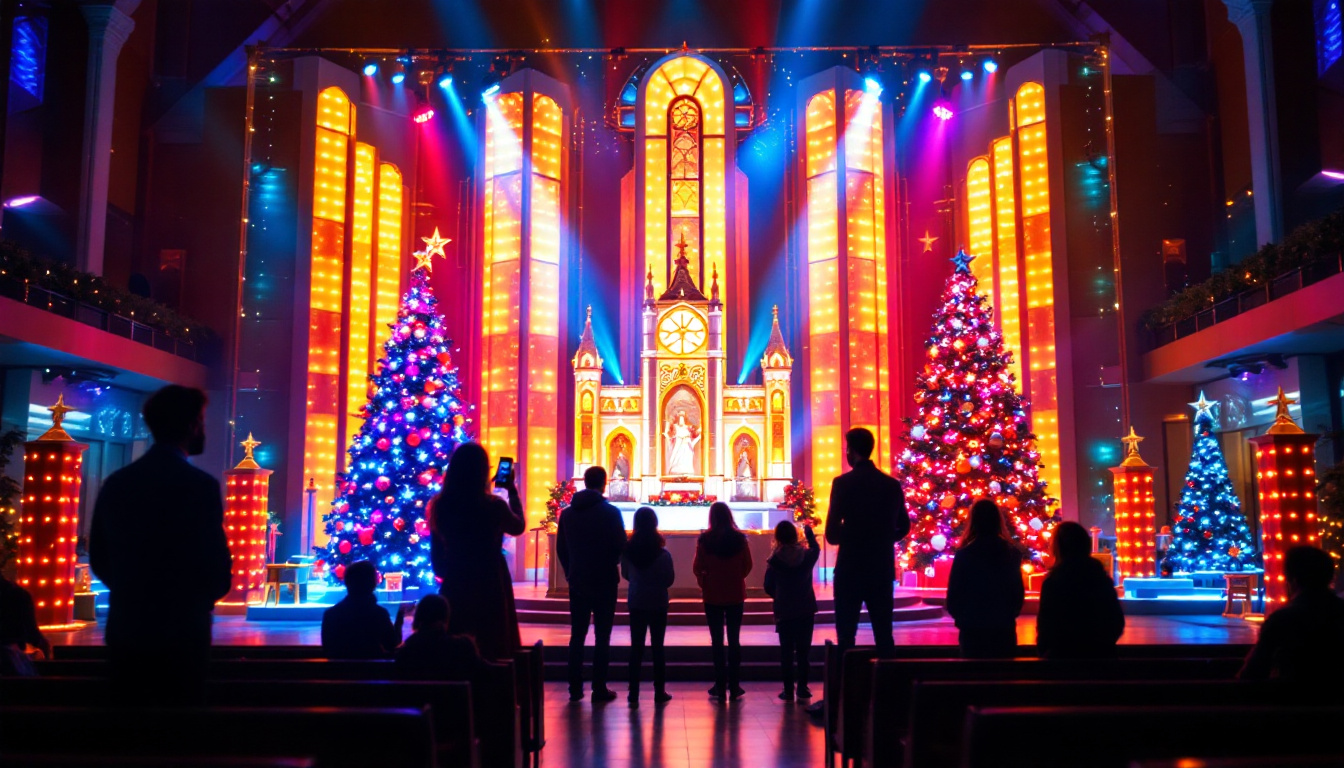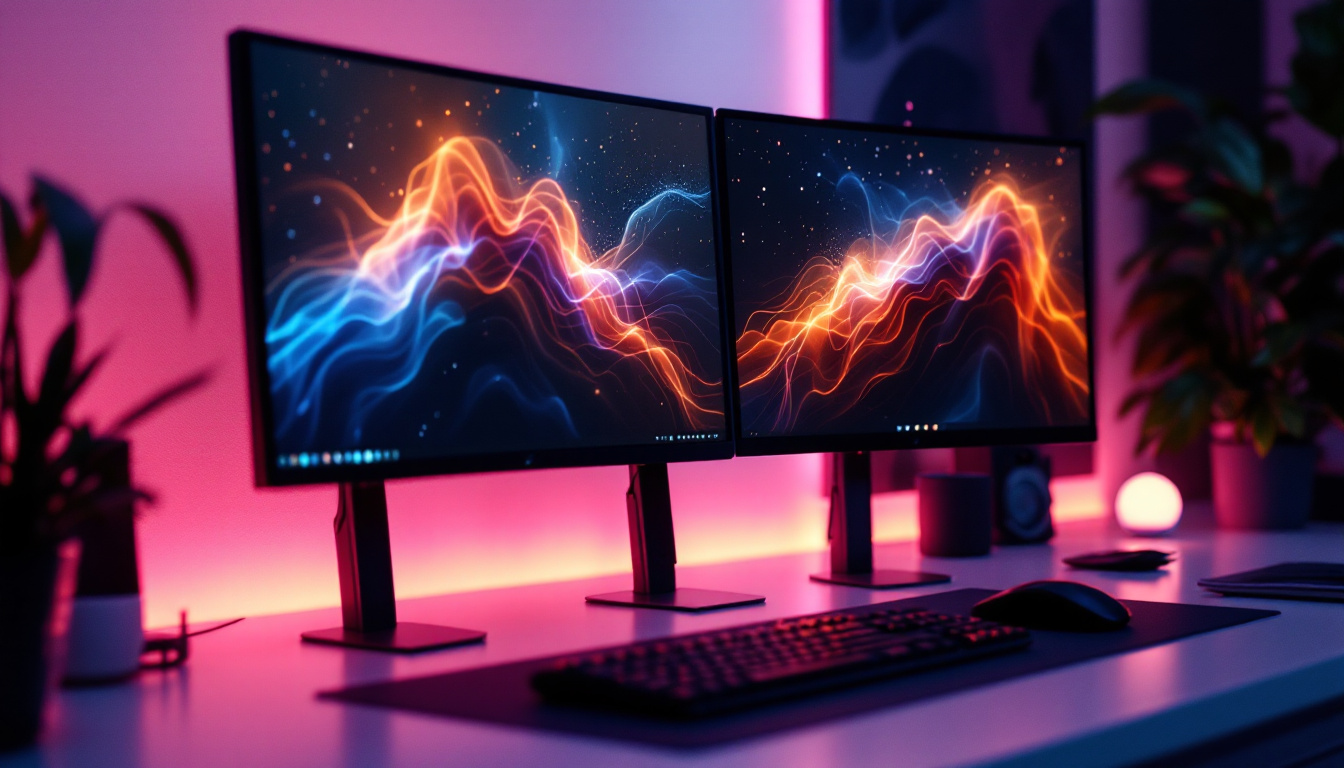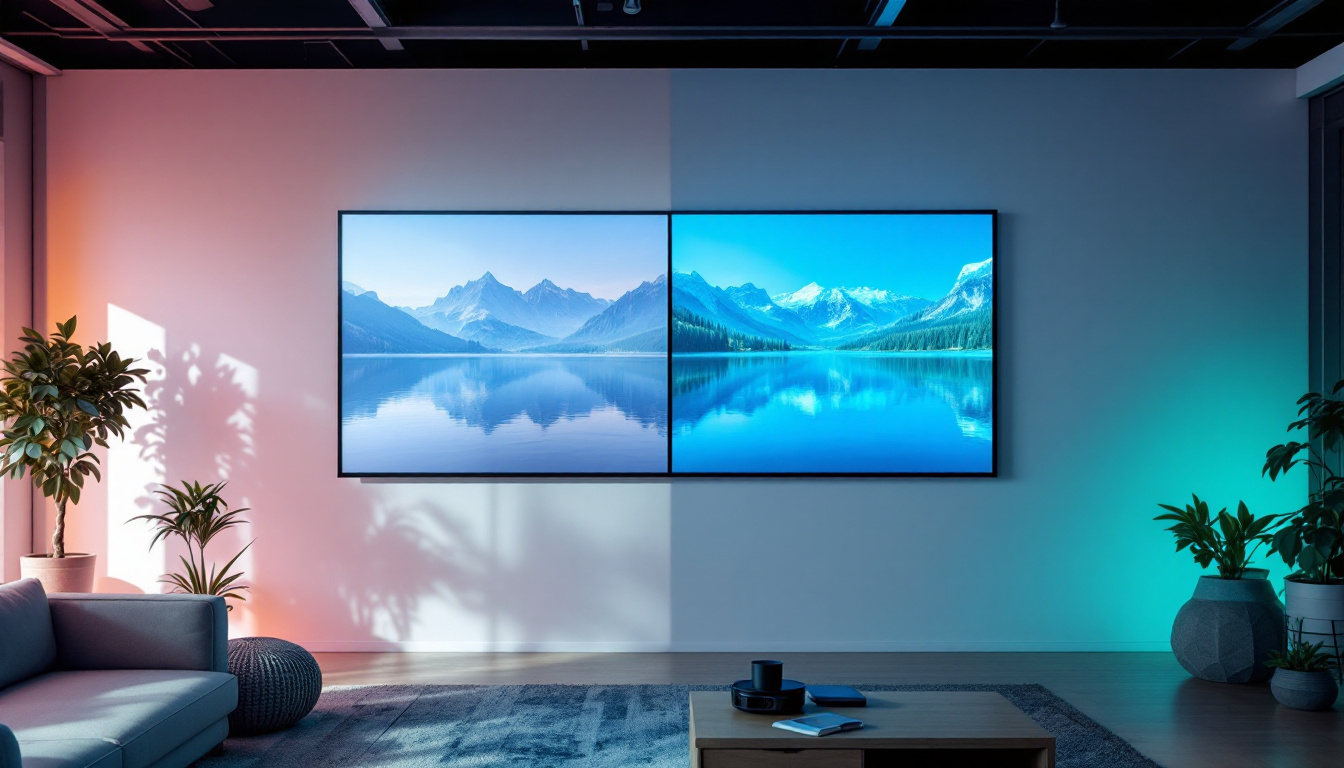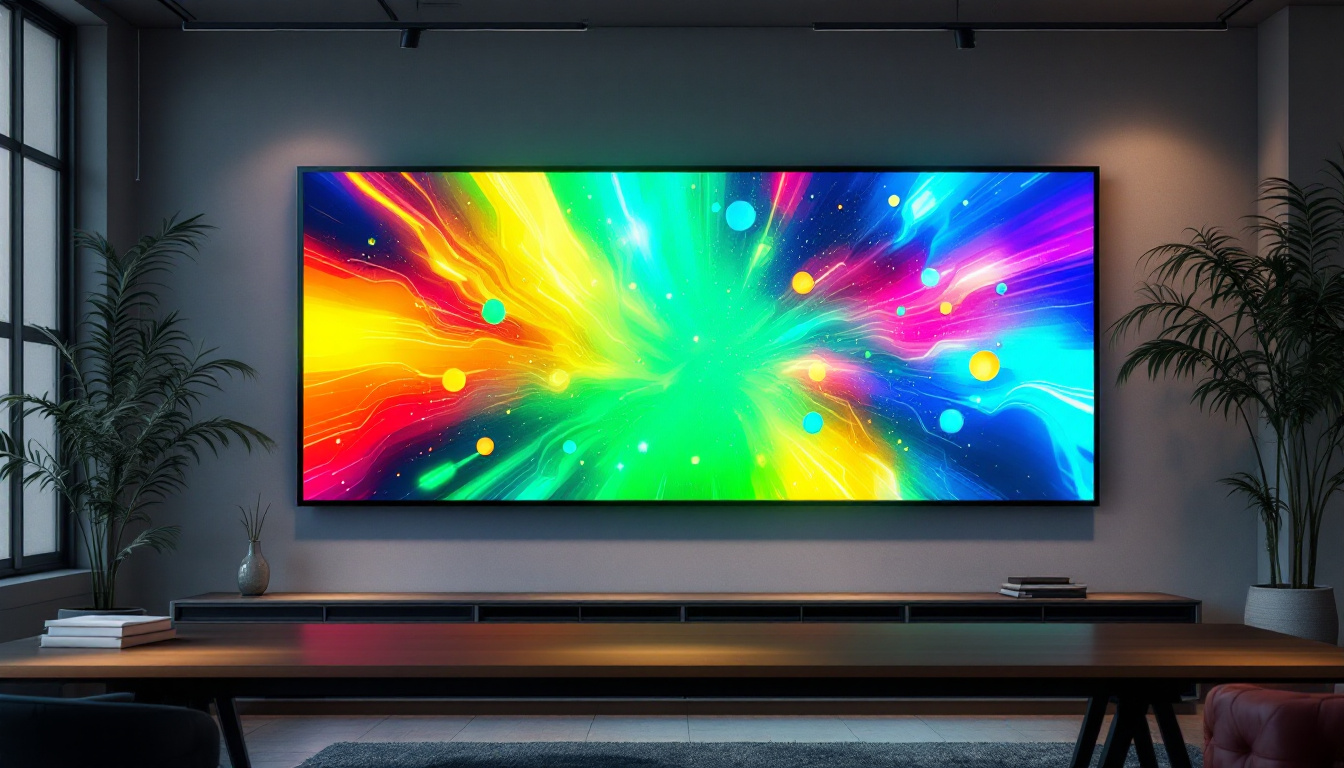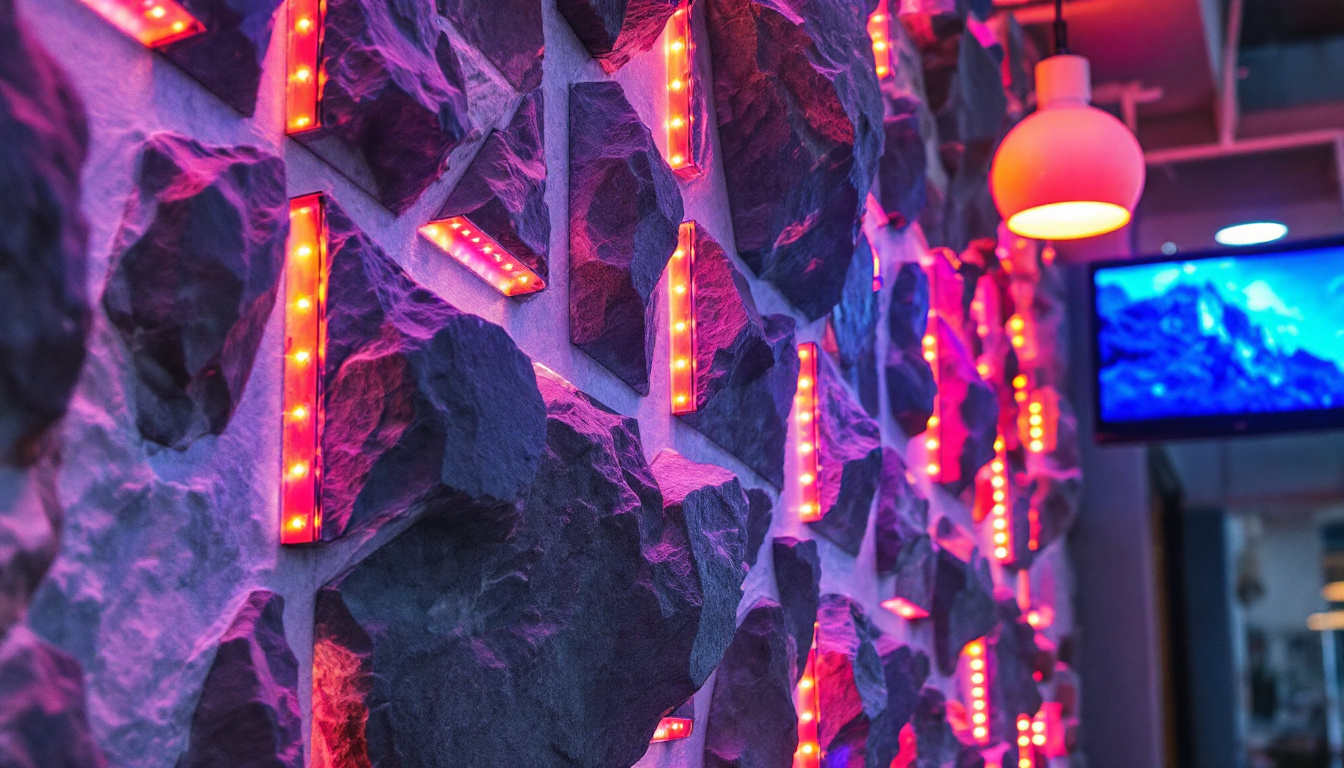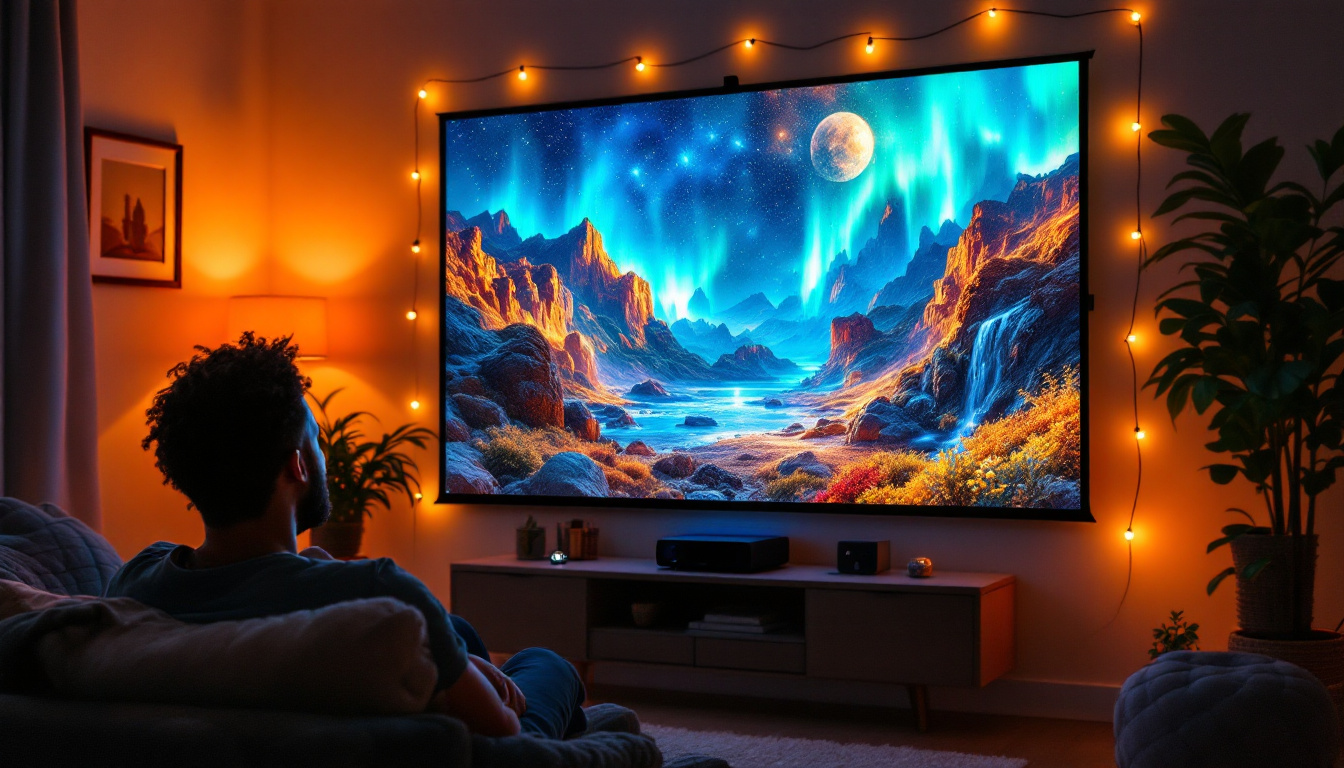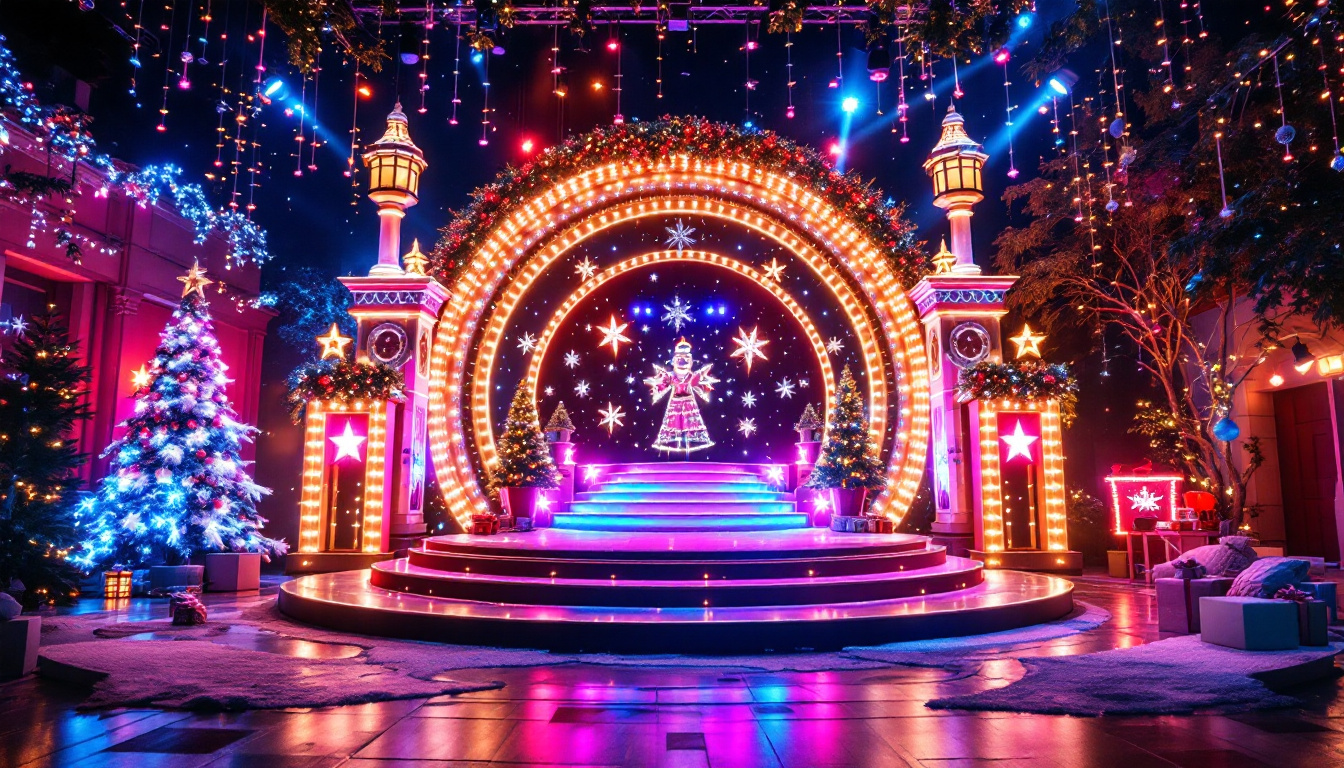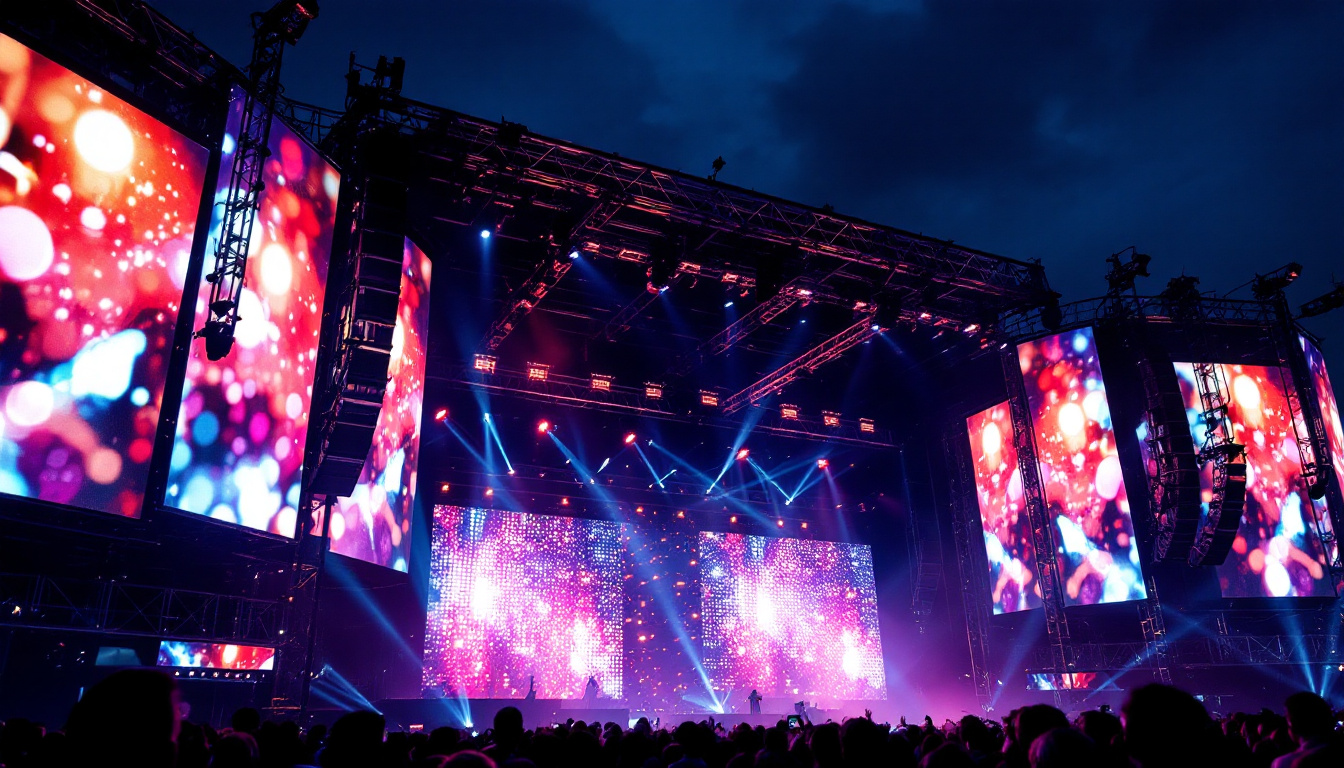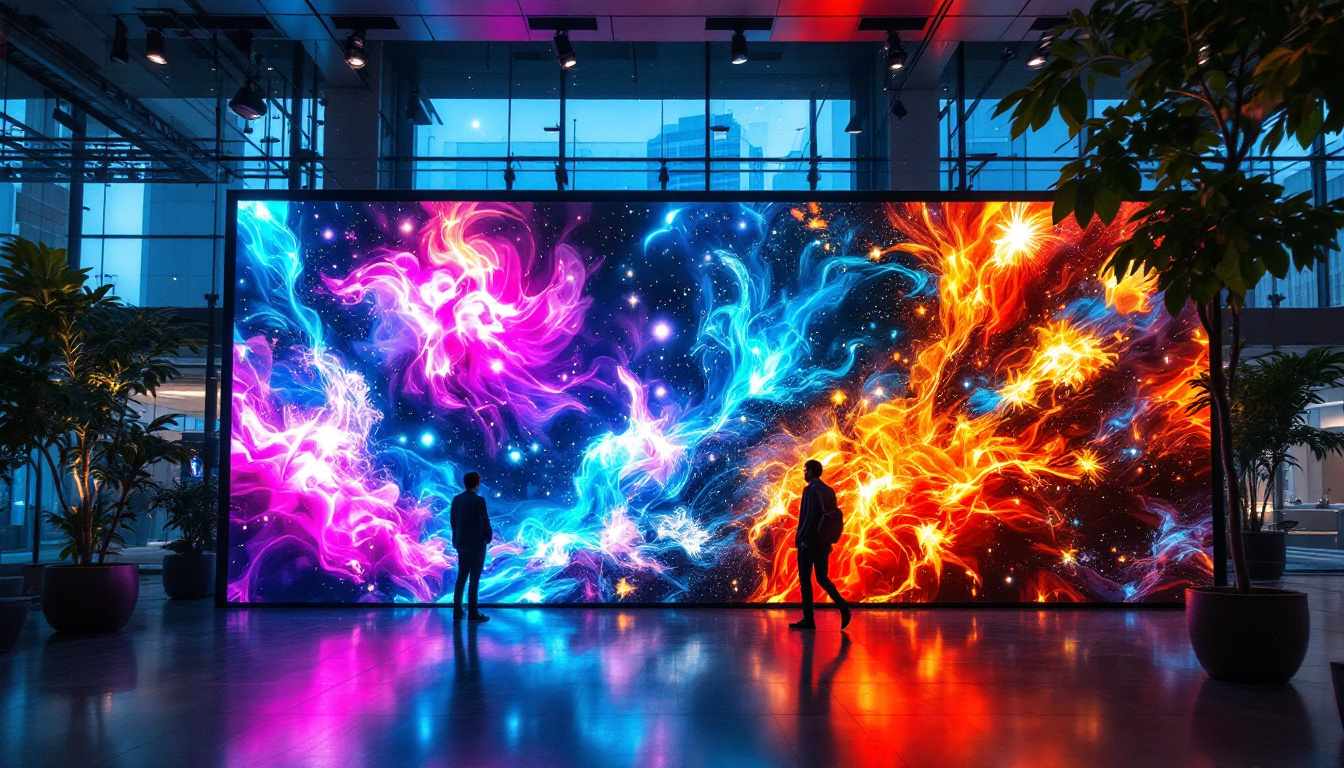In the age of social media and mobile content consumption, vertical video has emerged as a dominant format. With the rise of platforms like Instagram Stories, TikTok, and Snapchat, understanding how to create vertical video for LED displays is essential for content creators, marketers, and businesses alike. This article delves into the intricacies of vertical video production and how it can be effectively displayed on LED screens.
The Importance of Vertical Video
Vertical video is not just a trend; it has become a necessity in today’s digital landscape. The majority of smartphone users hold their devices vertically, making vertical video a more natural fit for viewing. This format allows for immersive storytelling that resonates with audiences on a personal level. With the rise of platforms like TikTok and Instagram Stories, vertical video has transformed how brands communicate their messages, creating a more intimate connection with viewers.
Consumer Behavior and Engagement
Research indicates that vertical videos have higher engagement rates compared to their horizontal counterparts. Users are more likely to watch, share, and interact with content that fits their viewing habits. This shift in consumer behavior highlights the need for brands to adapt their content strategies to include vertical video. Additionally, the shorter attention spans of modern audiences mean that quick, engaging vertical clips can capture interest in a way that longer formats often cannot. This has led to a surge in creative storytelling techniques that leverage the vertical format to deliver impactful messages in just a few seconds.
Platform Compatibility
Different social media platforms have varying specifications for video content. Vertical videos are particularly optimized for mobile platforms, where screen space is limited. Understanding these specifications ensures that content is not only visually appealing but also functional across different platforms. For instance, platforms like Snapchat and TikTok have built their entire ecosystems around vertical video, encouraging users to create and consume content that is designed for a mobile-first experience. This compatibility fosters a seamless user experience, allowing brands to maximize their reach and effectiveness through tailored content that fits the unique characteristics of each platform.
Moreover, the rise of live streaming has further cemented the importance of vertical video. As audiences increasingly engage with live content, the vertical format allows for a more personal and direct interaction between creators and viewers. This immediacy can enhance viewer loyalty and foster community, as audiences feel more connected to the content being shared in real-time. Brands that embrace this trend not only benefit from increased visibility but also from the opportunity to create authentic relationships with their audience, ultimately driving brand loyalty and consumer trust.
Understanding LED Displays
LED displays have revolutionized the way video content is presented. They offer vibrant colors, high brightness, and excellent contrast, making them ideal for both indoor and outdoor settings. However, creating content specifically for LED displays requires an understanding of how these screens operate. The technology behind LED displays utilizes light-emitting diodes to create images, which results in lower energy consumption and longer lifespans compared to traditional display technologies. This efficiency not only benefits the environment but also reduces operational costs for businesses and event organizers.
Types of LED Displays
LED displays come in various types, including fixed, rental, and mobile screens. Each type serves different purposes and has unique characteristics. Fixed LED displays are often used for permanent installations, such as billboards, stadiums, and retail signage, providing a consistent and reliable visual experience. Rental displays, on the other hand, are designed for temporary events like concerts, trade shows, and corporate functions, allowing for easy assembly and disassembly. Mobile LED displays provide flexibility, allowing for easy transportation and setup, making them perfect for outdoor events, parades, and promotional activities. These versatile screens can be mounted on trucks or trailers, enabling advertisers to reach audiences in various locations with dynamic content.
Resolution and Aspect Ratio
When creating vertical video for LED displays, it is crucial to consider resolution and aspect ratio. The most common aspect ratio for vertical video is 9:16, which aligns perfectly with the typical smartphone screen. Ensuring that the video is produced in the correct resolution will prevent pixelation and maintain visual quality on the LED screen. Additionally, understanding pixel pitch, which refers to the distance between the centers of two adjacent pixels, is essential for determining the display’s clarity and viewing distance. A smaller pixel pitch results in higher resolution and is ideal for close viewing, while a larger pixel pitch is suitable for larger audiences viewing from a distance. This knowledge is vital for content creators aiming to maximize the impact of their visuals on LED displays, ensuring that every detail is sharp and engaging.
Steps to Create Vertical Video for LED Displays
Creating vertical video for LED displays involves several key steps, from planning and shooting to editing and final output. Each stage is critical to ensure that the final product meets the desired quality and effectiveness.
1. Planning Your Content
Before diving into production, it’s essential to plan the content thoroughly. Define the purpose of the video, the target audience, and the key messages you want to convey. This planning phase will guide the creative process and help in making informed decisions during production. Consider creating a storyboard to visualize the flow of the video and outline the key scenes. This can also assist in determining the necessary resources, such as actors, props, and locations, ensuring that you are well-prepared on the day of the shoot.
2. Shooting the Video
When shooting vertical video, it’s important to hold the camera in a vertical position. This may seem basic, but many content creators still default to horizontal shooting. Utilize a tripod or stabilizer to avoid shaky footage. Additionally, consider the lighting and background to enhance the visual appeal of the video. Natural light can be your best friend, but if shooting indoors, invest in softbox lights to create a flattering illumination. Don’t forget to experiment with different angles and compositions; vertical video can allow for unique perspectives that engage viewers in a fresh way.
3. Editing for Vertical Format
Editing is where the magic happens. Use video editing software that allows for easy manipulation of the vertical format. Pay attention to transitions, text overlays, and graphics, ensuring they are optimized for vertical viewing. Adding music or sound effects can also elevate the overall experience. Consider incorporating motion graphics or animated elements to draw attention to important information, especially in promotional videos. Additionally, be mindful of pacing; vertical videos often benefit from a snappier rhythm to keep viewers engaged, particularly on fast-paced platforms like social media.
Best Practices for Vertical Video Production
To maximize the impact of vertical video on LED displays, adhering to best practices is essential. These guidelines can help create engaging and visually appealing content that resonates with viewers.
Keep It Short and Engaging
Attention spans are shorter than ever, especially on social media. Aim for concise videos that deliver the message quickly. Engaging hooks at the beginning can capture the viewer’s attention and encourage them to watch until the end.
Utilize Text Wisely
Text can enhance the storytelling aspect of vertical videos. However, it’s important to use text sparingly and ensure it is legible on the LED display. Opt for bold fonts and contrasting colors to make the text stand out, while also considering the overall aesthetic of the video.
Test Before Going Live
Before showcasing the video on an LED display, conduct tests to ensure everything appears as intended. Check for any technical issues, such as resolution problems or audio discrepancies. Testing allows for adjustments to be made, ensuring a smooth viewing experience for the audience.
Challenges in Vertical Video Production
While creating vertical videos can be rewarding, it also presents unique challenges that content creators must navigate. Understanding these challenges can lead to better preparation and execution.
Limited Screen Space
Vertical videos often have limited screen space, which can restrict the amount of information that can be displayed. This necessitates a focus on clarity and simplicity in messaging. Creators must prioritize essential content and avoid cluttering the screen.
Adapting Existing Content
Many brands have a library of horizontal videos that may need to be adapted for vertical formats. This process can be time-consuming and may require significant editing. However, repurposing existing content can save time and resources if done correctly.
Future of Vertical Video on LED Displays
The future of vertical video appears bright, especially with the continuous advancements in technology. As LED display technology evolves, so too will the opportunities for creative expression in vertical formats.
Emerging Technologies
New technologies, such as augmented reality (AR) and virtual reality (VR), are beginning to integrate with vertical video formats. This convergence opens up exciting possibilities for immersive storytelling and interactive experiences that can captivate audiences in ways previously unimaginable.
Growing Acceptance Across Industries
Vertical video is no longer confined to social media; industries such as advertising, education, and entertainment are increasingly embracing this format. As more businesses recognize the effectiveness of vertical video, the demand for high-quality content will continue to rise.
Conclusion
Creating vertical video for LED displays is an essential skill in today’s digital landscape. By understanding the nuances of vertical formats, leveraging the capabilities of LED technology, and adhering to best practices, content creators can produce engaging videos that resonate with audiences. As the demand for vertical video continues to grow, staying ahead of the curve will be crucial for anyone looking to make an impact in the digital space.
Discover LumenMatrix’s Innovative LED Solutions
Ready to take your vertical video content to the next level? Explore LumenMatrix’s comprehensive range of LED display solutions, designed to captivate your audience and amplify your message. From immersive Indoor LED Walls to dynamic Outdoor Displays and beyond, our cutting-edge technology is crafted to meet the demands of a digital-first world. Check out LumenMatrix LED Display Solutions today and see how we can help you create unforgettable visual experiences.

